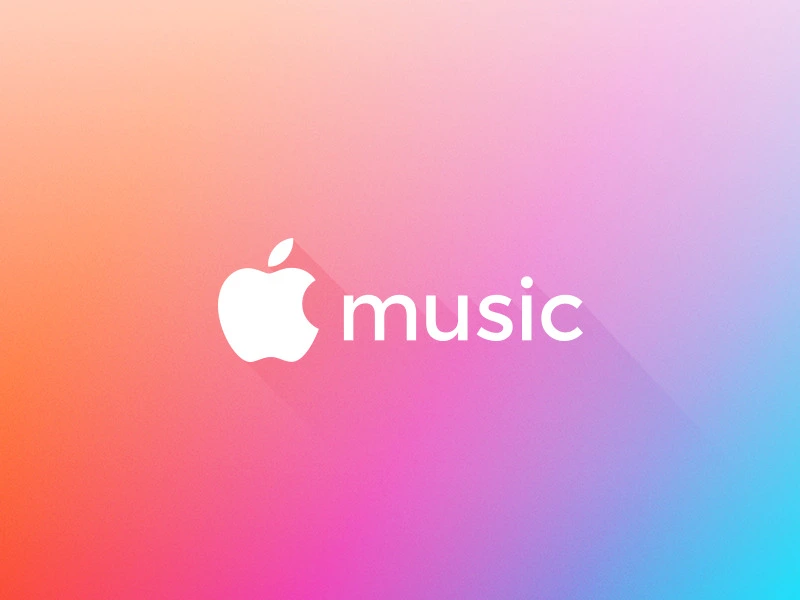
Dive Into Advanced – Apple has once again raised the bar for music enthusiasts with the introduction of a new haptic feedback feature in iOS 18. This innovative addition to Apple Music promises to enhance the listening experience by providing users with tactile sensations that correspond with the music they are playing. With the increasing integration of sensory technologies in digital platforms, Apple Music’s latest update is poised to create a more immersive environment for its users.
The haptic feedback feature is designed to engage users on a deeper level. When a track plays, the vibrations generated by the device will sync with the rhythm, beat, and intensity of the music. This means that listeners will not only hear the music but also feel it, creating a multi-sensory experience that is particularly appealing for live performances, energetic dance tracks, and bass-heavy genres. Whether it’s the subtle thump of a kick drum or the rapid pulses of a synthesizer, the feature aims to make every song feel more alive and dynamic.
“Also Read: Temu: The Emerging E-Commerce App Challenging Alibaba”
Apple commitment to enhancing user experience has been evident in its past updates, but this new haptic feature represents a significant leap forward. During the announcement event, Apple’s senior vice president of software engineering highlighted the importance of creating connections through music. “We want our users to not just listen but to feel the music in a way that resonates with them,” he stated. This philosophy aligns with Apple Music’s mission to deliver a unique and personalized listening experience.
For users, activating the haptic feedback feature is simple. In the settings menu, users can toggle the option on or off, allowing them to customize their experience based on personal preference. This flexibility is crucial as not all users may want a tactile experience at all times. By allowing individual control, Apple ensures that users can enjoy their music in the way that suits them best.
Early feedback from beta testers has been overwhelmingly positive. Many users have reported that the haptic feedback significantly enhances their enjoyment of the music, with some noting that it makes the listening experience feel more complete. “It’s like a whole new dimension of music,” one beta tester remarked. “You really feel the bass, and it makes me appreciate the songs in a way I never have before.”
In addition to the haptic feature, iOS 18 brings several other enhancements to Apple Music, including improved playlists, more sophisticated algorithms for song recommendations, and an updated user interface that is both sleek and intuitive. The combination of these features aims to not only attract new users but also retain existing subscribers by continually enhancing the platform’s functionality.
As music streaming continues to evolve, Apple Music’s haptic feedback feature could set a new standard in how users interact with their favorite songs. By integrating tactile sensations into music streaming, Apple is not just enhancing the auditory experience but is also paving the way for future innovations in how we consume and appreciate music.
“The Complete Information From Wikipedia About Apple Music iOS18”